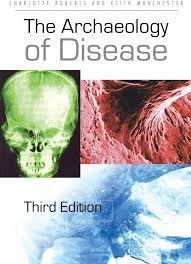The Archaeology of Disease
>>> Download Here <<<
The field of archaeology has provided us with a unique perspective on the history of human health and disease. By examining the remains of individuals from past civilizations, archaeologists have been able to uncover valuable information about the prevalence, distribution, and impact of various diseases throughout our history. The study of ancient diseases, known as paleopathology, allows us to gain insights into the health and lifestyle of our ancestors. By analyzing skeletal remains, mummies, and other archaeological evidence, researchers have been able to identify a wide range of diseases that affected ancient populations, including tuberculosis, leprosy, syphilis, and malaria. One of the key contributions of the archaeology of disease is its ability to shed light on the evolution and spread of infectious diseases. By studying the distribution of diseases across different populations and time periods, researchers can track the movements of pathogens and gain a better understanding of how they have influenced human history. In addition to providing valuable insights into the past, the archaeology of disease also has important implications for the present and future. By studying how ancient populations coped with and responded to disease outbreaks, researchers can learn valuable lessons that can help us prepare for and mitigate the impact of future epidemics. Overall, the archaeology of disease is a fascinating and valuable field of study that continues to provide new insights into the history of human health and disease. By combining archaeological evidence with other fields of study, researchers are able to piece together a more complete picture of the complex interplay between humans, pathogens, and the environment.


